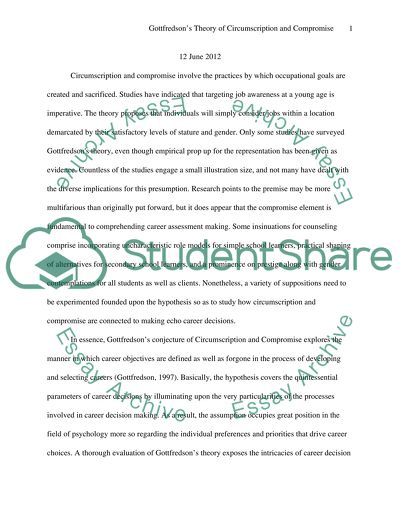Cite this document
(“Gottfredson's Theory of Circumscription and Compromise Research Paper”, n.d.)
Gottfredson's Theory of Circumscription and Compromise Research Paper. Retrieved from https://studentshare.org/psychology/1452824-gottfredsonyies-theory-of-circumscription-and
Gottfredson's Theory of Circumscription and Compromise Research Paper. Retrieved from https://studentshare.org/psychology/1452824-gottfredsonyies-theory-of-circumscription-and
(Gottfredson'S Theory of Circumscription and Compromise Research Paper)
Gottfredson'S Theory of Circumscription and Compromise Research Paper. https://studentshare.org/psychology/1452824-gottfredsonyies-theory-of-circumscription-and.
Gottfredson'S Theory of Circumscription and Compromise Research Paper. https://studentshare.org/psychology/1452824-gottfredsonyies-theory-of-circumscription-and.
“Gottfredson'S Theory of Circumscription and Compromise Research Paper”, n.d. https://studentshare.org/psychology/1452824-gottfredsonyies-theory-of-circumscription-and.


